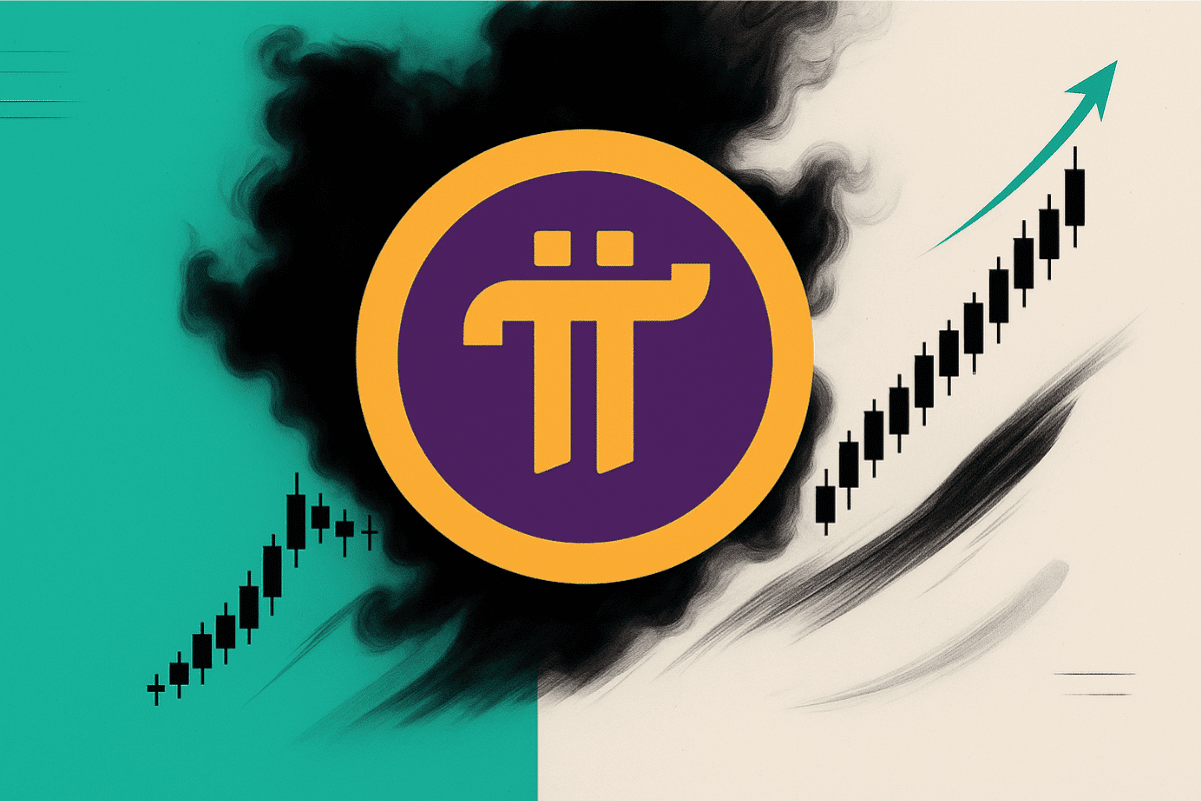Is Pi USDT the next big thing, or just another fleeting crypto trend? That’s the million-dollar question many are asking. The truth, as with most things in the volatile world of cryptocurrency, is far more nuanced. Let’s dive in and explore the implications of this intriguing pairing.
Understanding the Pi Network and its USDT Connection
First, we need to understand the underlying components: Pi Network and Tether (USDT). Pi Network is a cryptocurrency project aiming to make crypto mining accessible to everyday smartphone users. It’s unique because it requires minimal energy consumption compared to traditional mining methods. USDT, on the other hand, is a stablecoin pegged to the US dollar, offering relative price stability in the often turbulent crypto market. The combination of Pi USDT represents a bridge between a nascent cryptocurrency and the established stability of a fiat-backed token.
Pi’s Aspirations and the Role of USDT
Pi Network’s ambition is to become a widely adopted cryptocurrency. Pairing with USDT offers several strategic advantages. For starters, it facilitates easier trading and transactions. USDT’s stability makes it a much more convenient medium of exchange than Pi alone, which is still subject to significant price fluctuations. This pairing, therefore, makes Pi more accessible to a wider range of investors and users.
The Risks and Rewards of Investing in Pi USDT
Now, let’s talk about the elephant in the room – risk. While Pi USDT might offer exciting opportunities, it’s essential to understand the potential downsides. Pi Network is still relatively new and untested. Its long-term success is not guaranteed. The value of Pi could plummet, impacting your investment in Pi USDT significantly. Furthermore, while USDT aims for stability, its peg to the dollar isn’t without its own controversies and challenges. It’s crucial to conduct your own thorough research before investing.
Diversification: A Key Strategy
In my experience, a well-diversified investment portfolio is key to mitigating risk. Don’t put all your eggs in one basket, especially when dealing with a relatively new and volatile cryptocurrency like Pi. Consider Pi USDT as a small part of a larger, more diverse investment strategy.
Navigating the Exchange Landscape for Pi USDT
Trading Pi USDT currently involves navigating a range of exchanges, each with its own set of fees and procedures. Understanding these nuances is vital for making informed decisions. Some exchanges may offer better liquidity or lower fees than others. It’s important to research and compare before making any trades. It’s a dynamic landscape, so staying up-to-date with the latest developments is crucial.
Choosing the Right Exchange: Tips for Success
The right exchange for you will depend on several factors, including your trading volume, preferred security measures, and geographic location. Look for exchanges with a strong reputation, robust security protocols, and user-friendly interfaces. Before making any significant investment, test the waters with smaller amounts to get a feel for the platform.
The Future Outlook: Pi USDT and its Potential
Predicting the future of any cryptocurrency is inherently speculative. However, the pairing of Pi USDT presents a compelling proposition. If Pi Network achieves widespread adoption, the demand for Pi USDT could surge. This could lead to significant price appreciation. However, it’s vital to remain realistic and cautious. Many factors can influence the market, and unforeseen challenges could arise.
Long-Term Potential vs. Short-Term Volatility
One thing to keep in mind is that the long-term potential of Pi USDT might not translate into immediate returns. You could experience significant short-term price volatility. Patience and a long-term perspective are crucial for navigating this uncertain terrain.
Final Thoughts: Are You Ready to Take the Leap?
We’ve explored the intricacies of Pi USDT, weighing its potential benefits against the inherent risks. Ultimately, the decision to invest in Pi USDT rests on your individual risk tolerance, financial goals, and thorough understanding of the market. But are you prepared to navigate the challenges and embrace the potential rewards of this emerging pairing?

